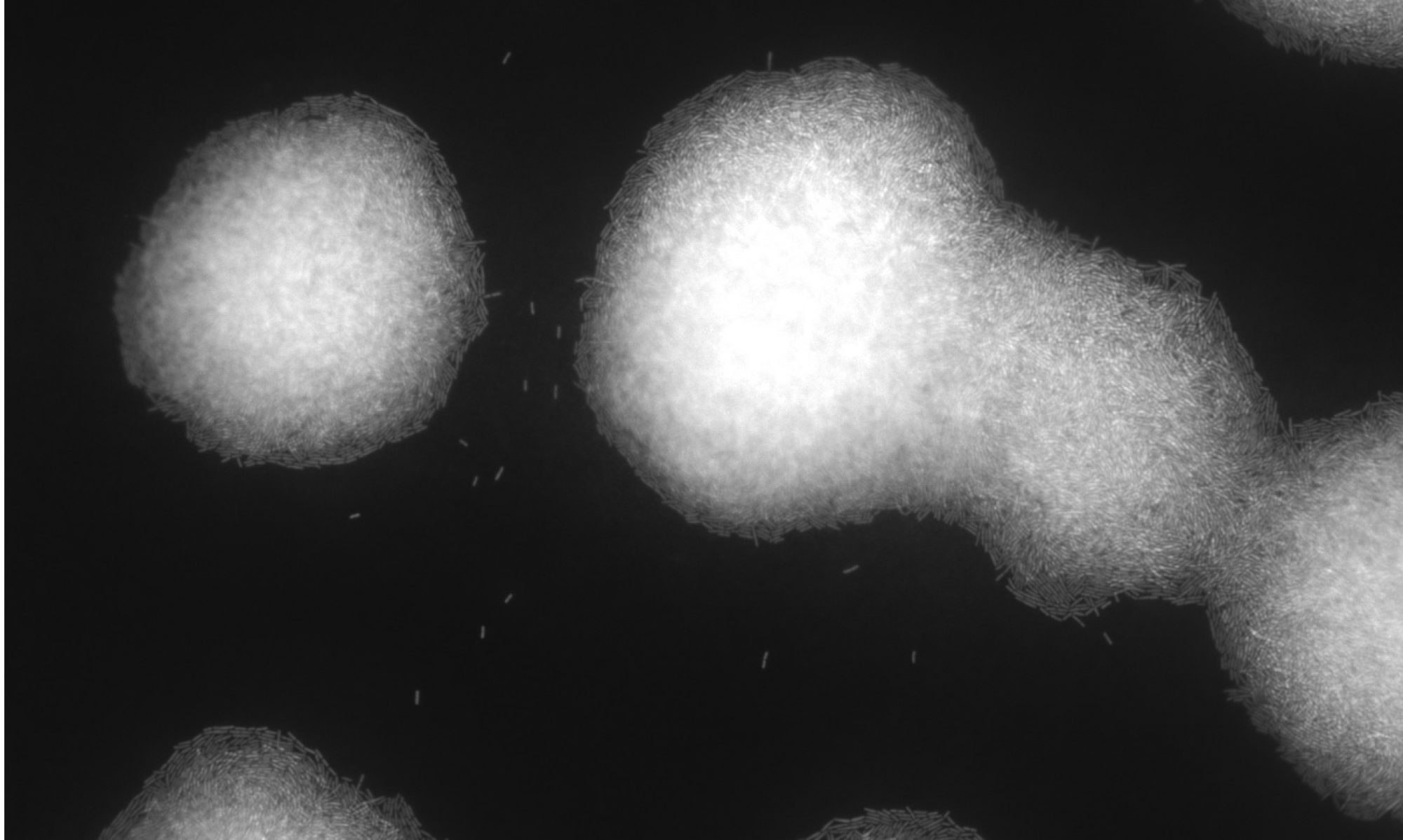A new commentary on the antimicrobial role of H2O2 produced by lactobacilli in the vagina was published last week.
https://microbiomejournal.biomedcentral.com/articles/10.1186/s40168-018-0418-3
I agree with the authors, that it is not likely that H2O2 has a significant effect in keeping BV-associated bacteria at bay. Especially the experiments that dr. O’Hanlon published previously comparing the bactericidal effects of lactic acid and H2O2. They found that H2O2 is as harmful to lactobacilli as it is to several BV-associated bacteria, whereas lactobacilli can survive very high lactic acid concentrations.
I would like to add one piece of speculation here. Although the authors say that semen and cervicovaginal fluid have strong antioxidative properties that would eliminate any H2O2, I do wonder whether H2O2 production may serve a role in the onset of BV. During disruption of the vaginal environment, either through sexual arousal, intercourse, tampon insertion etc, oxygen levels are expected to rise to atmospheric levels. Is it possible that hydrogen peroxide production and accumulation in that case can result in the demise of both lactobacilli as well as BV-bacteria? This might then open up a “window of opportunity” in which general bacterial levels are temporarily low, lactic acid levels are reduced and pH is neutral. This relatively benign environment may give BV-associated bacteria a chance to colonize and proliferate.
Just a thought about a possible alternative role of H2O2.

